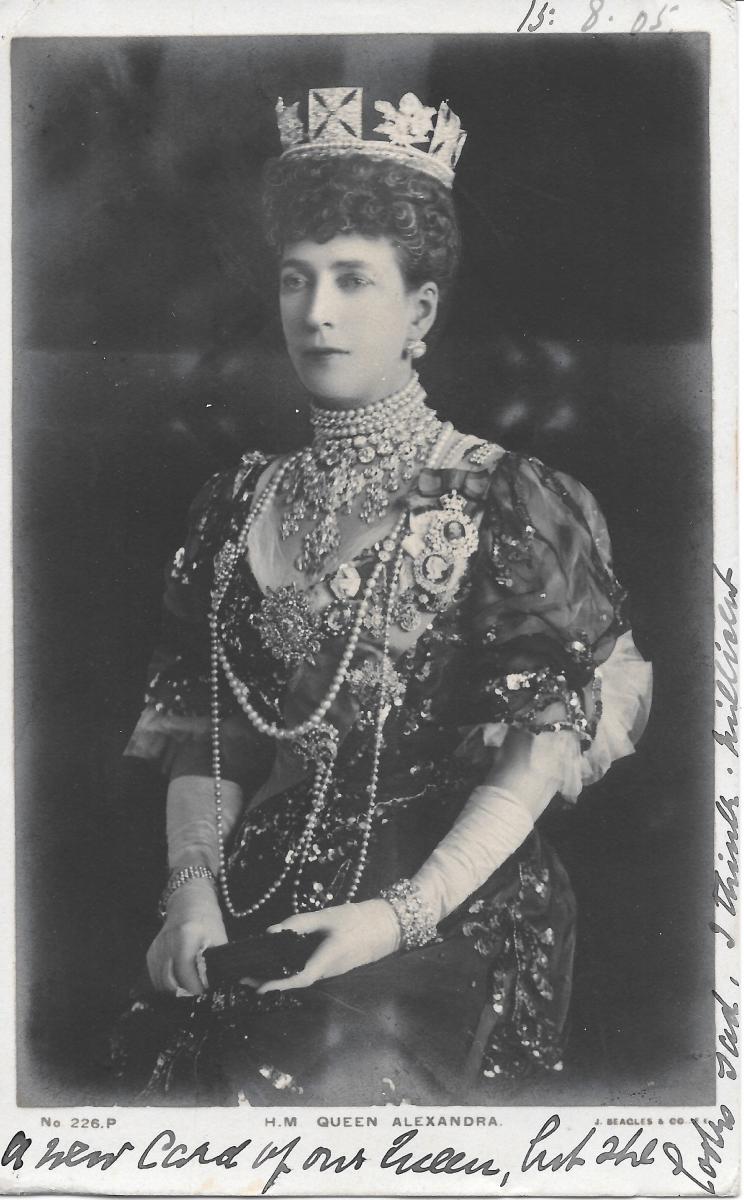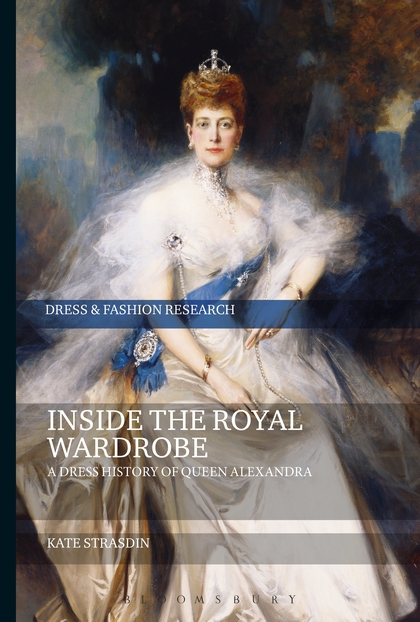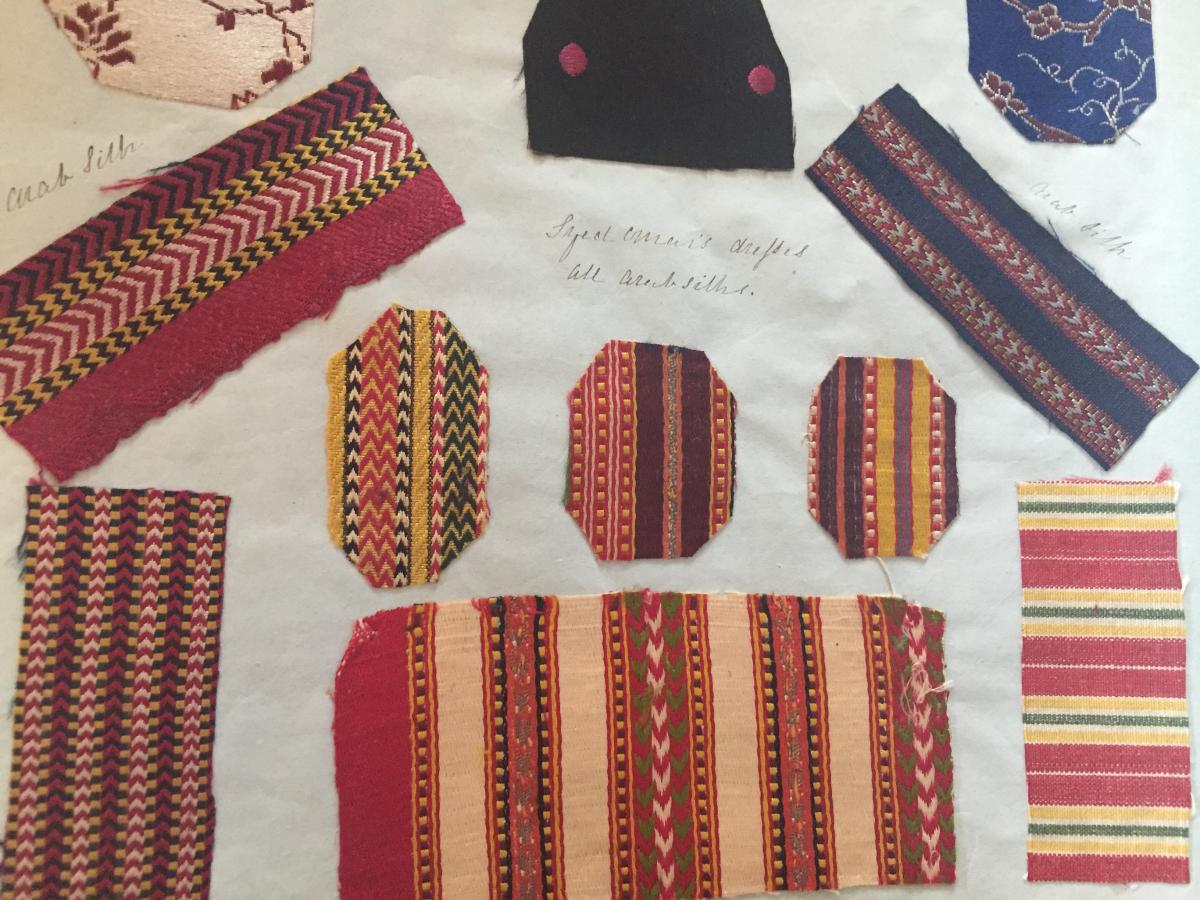This wonderful Cornish workshop and museum is dedicated to the legacy of studio pottery trailblazer Bernard Leach
My life in art: Arts Society Lecturer Kate Strasdin
My life in art: Arts Society Lecturer Kate Strasdin
30 Apr 2019
Kate Strasdin has been teaching fashion histories and theories to students at Falmouth University for 10 years, alongside other forms of consultancy such as the 2018 exhibition Royal Women at the Fashion Museum in Bath. In 2017 she published a book on the history of Queen Alexandra’s wardrobe, which was the subject of her PhD, and is currently completing another book that uncovers the stories found in a Victorian ‘dress diary’.
What inspired you to become an Arts Society Lecturer?
Somebody who came to my lecture during a fellowship in Canada suggested I apply to The Arts Society. I had heard of the organisation, but I hadn’t realised that most of what it focuses on is lecturing. I applied when I got home, and then started lecturing in 2013. The Directory Day is quite something, and you only have one minute to explain your new lecture, so you have to stick to that time – no waffling!

Can you tell me about your work with the Royal Wardrobe?
I began working for a dress collection in Devon, and we were given some garments that were made by a company called Redfern. I didn’t know anything about it at all. I discovered that it was a tailor working in the second half of the 19thcentury, and the most notable client was Alexandra, Princess of Wales (later Queen Alexandra). I was just fascinated by the things she was wearing. I read a biography that talked about how important clothes were to her, but no one had ever done any research into whether any of her garments were left, and how that story fitted together as part of her working royal career, so that set me on the path.
My PhD took seven years, and I’ve found around 150 pieces of her clothing in countless museums around the world – from Los Angeles to Tokyo. Since my book Inside the Royal Wardrobe: A Dress History of Queen Alexandra was published, even more things have been uncovered.

Your research through the physicality of the garments has also produced new findings about Queen Alexandra’s health.
I discovered that most of her dresses had a weird anomaly in the back and don’t fit a standard body. I did some research about her ongoing injury and limp, before contacting an orthopaedic surgeon and asking what would happen if someone had a locked-out knee for so long. The result was almost certainly scoliosis, and although nothing was ever publicly recorded, it seems that all of her clothes were being specially made to disguise her curvature of the spine.
I hear you are uncovering more hidden stories in your new book.
One of the elderly members of my lace-making group, for whom I had given a lecture, approached me with an amazing book, which I have termed a ‘dress diary’. It is a volume created in the late 1830s running up to the 1870s, kept by one woman from Lancashire, who stuck thousands of fabric scraps complete with notes explaining who wore it and when, along with a few other anecdotes. I have found out who compiled it and I am in the process of researching all of these hidden women. I’m telling their stories through dress.
There are so many incredibly colourful samples, which once again busts myths around the notion of grey and drab Victorian clothing. We are also very used to this idea of Victorian women being very timid and downtrodden, but most of my research has been around individuals who were not like that at all. My other research concerns female mountaineers from that era – they were climbing in skirts and corsets!

So much of our sociopolitical history is told through women’s clothes, but the wearers often don’t have their story told.
That plays into my understanding of dress history. Quite often when I give Arts Society lectures it is men who come up and say, ‘That was so interesting, I hadn’t really thought about how closely clothing and textiles relate to our economic history.’ Fashion often feels like it is not part of the decorative arts, it is a bit of a cheeky interloper! For years at universities and in broader historical circles, the subject has had a bit of a soft reputation. But when you look at history through different lenses you get amazing insights into so many different things. People are often surprised about how relevant fashion is.
The V&A is currently exhibiting two hugely successful exhibitions about Dior and Mary Quant. What is your take on the shows being presented at this moment in time?
They’re both saying very different things. Quant was about the everyday and the democratisation of fashion, the birth of the high street and teenage, affordable fashion. Whereas Dior is at the other end of the scale, which is all about luxury branding and heritage. They’re quite interesting shows to be going on at the same time, because they tackle different ideas of the clothed body, and the social body, in the mid 20th century.
About the Author
The Arts Society
JOIN OUR MAILING LIST
Become an instant expert!
Find out more about the arts by becoming a Supporter of The Arts Society.
For just £20 a year you will receive invitations to exclusive member events and courses, special offers and concessions, our regular newsletter and our beautiful arts magazine, full of news, views, events and artist profiles.
FIND YOUR NEAREST SOCIETY
MORE FEATURES
Ever wanted to write a crime novel? As Britain’s annual crime writing festival opens, we uncover some top leads
It’s just 10 days until the Summer Olympic Games open in Paris. To mark the moment, Simon Inglis reveals how art and design play a key part in this, the world’s most spectacular multi-sport competition


